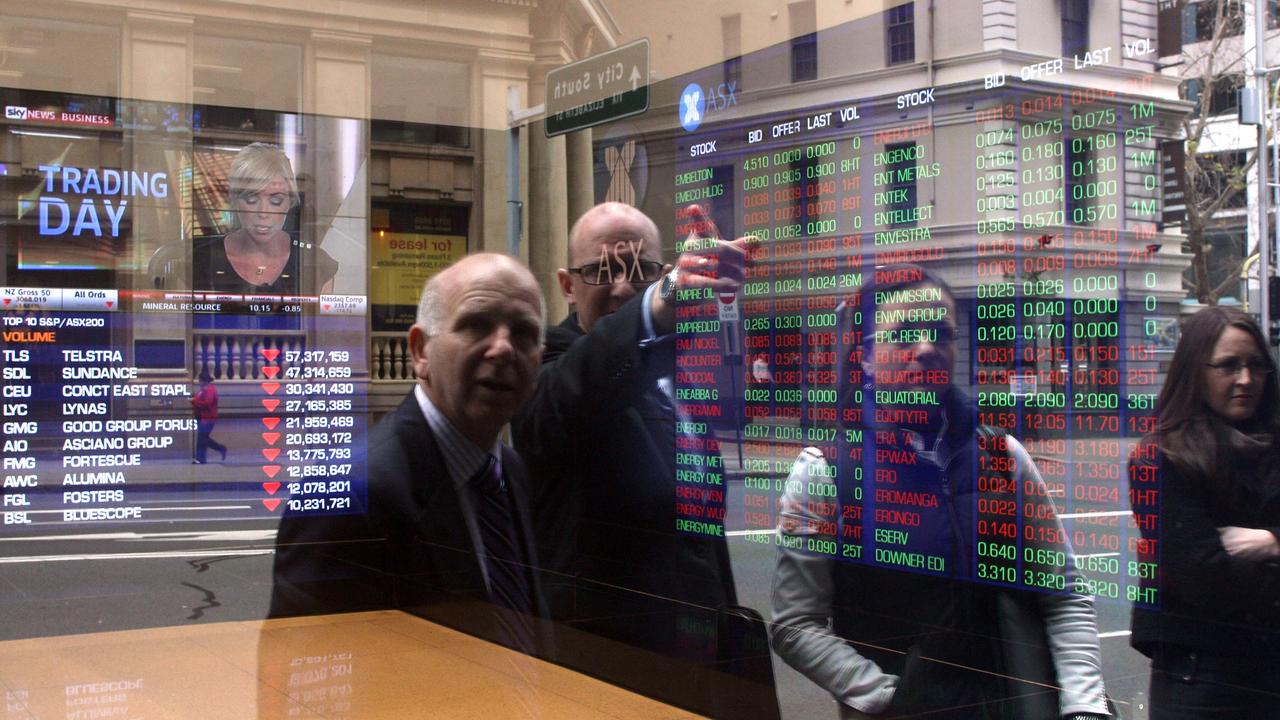NAB investors need to take long view on CYBG
NAB’s retail holders must wait for UK trading tonight and local trading tomorrow to see what the market really thinks of CYBG.

Your columnist planned to opine on the debut trading of the National Australia Bank’s northern UK discard today, but with the listing delayed for a day we thought we would have to resort to the broadcasting equivalent of a test pattern.
Fortunately, we didn’t have to employ Soviet-style martial music to fill the dead air after all, with the bank (NAB, $26.53) announcing a final price for the IPO component of 180 pence ($3.65) a share.
This implies an overall CYBG valuation of $3.2 billion.
On the NAB side, local investors shaved far more than that from the value of NAB shares, which traded ex the CYBG entitlement today.
The mothership’s shares by noon were $1.38 (almost 5 per cent) lower, excising $3.4bn of value.
Broker CLSA estimated the “cleansed value” for NAB would be 91c lower (but bear in mind the broader bank sector was off more than one per cent).
The NAB’s army of retail holders will have to wait for UK trading tonight and local trading tomorrow to see what the market really thinks of CYBG, which operates the Clydesdale and Yorkshire banks.
But given they receive the CYBG (on a one for four basis) whether they like it or not, we doubt that many have lost a wink of sleep.
With trading likely to take some days (or weeks) to settle down, as usual, investors need to take a view longer than their noses and consider whether they need such diversity in their banking portfolio.
Clydesdale boasts 2.6 million retail customers and 180,000 business customers.
The NAB’s attempts to expand the franchise to the more prosperous south foundered, but there’s no doubting the strength of the bank on its home turf of moors and dales.
Clydesdale will trade on around 0.58 times the book value of its assets, which is attractive given the Australian big four trade on an extravagant 1.7 times.
But as Shaw & Partners notes, the price implies a current year earnings multiple of 13.7 to 14.4 times, falling to 10-10.5 times in 2017.
In both years this is 20-30 per cent more than the average for UK banks, but the 2017 estimate is slightly cheaper than for the Aussie banks.
Clydesdale won’t pay a dividend at least until next year, which is most unbanklike.
Franking, of course, will not apply.
Given the worries about the sustainability of local bank earnings, we suggest that existing NAB holders retain their entitlement.
Non-NAB holders (or NAB investors seeking to top up) should consider topping up should the shares debut on the soft side, as expected.
For the NAB, such is the bank’s dearth of luck over the years we wouldn’t be surprised if the liberated Clydesdale does a bolter.
Still, it can only be positive for the NAB to be unburdened from its UK albatross after years of pain.
NAB holders own 75 per cent of the new vehicle, with 25 per cent of new investors entering via the float.
* The Australian accepts no responsibility for stock recommendations. Readers should contact a licensed financial adviser. The author holds NAB shares.


